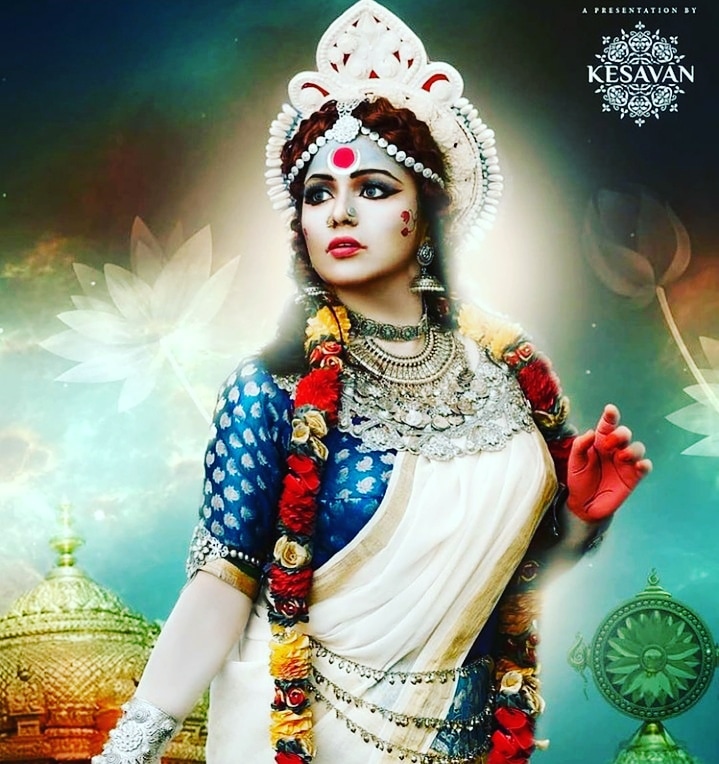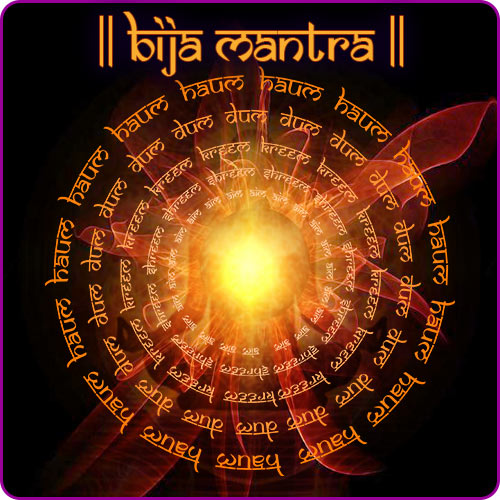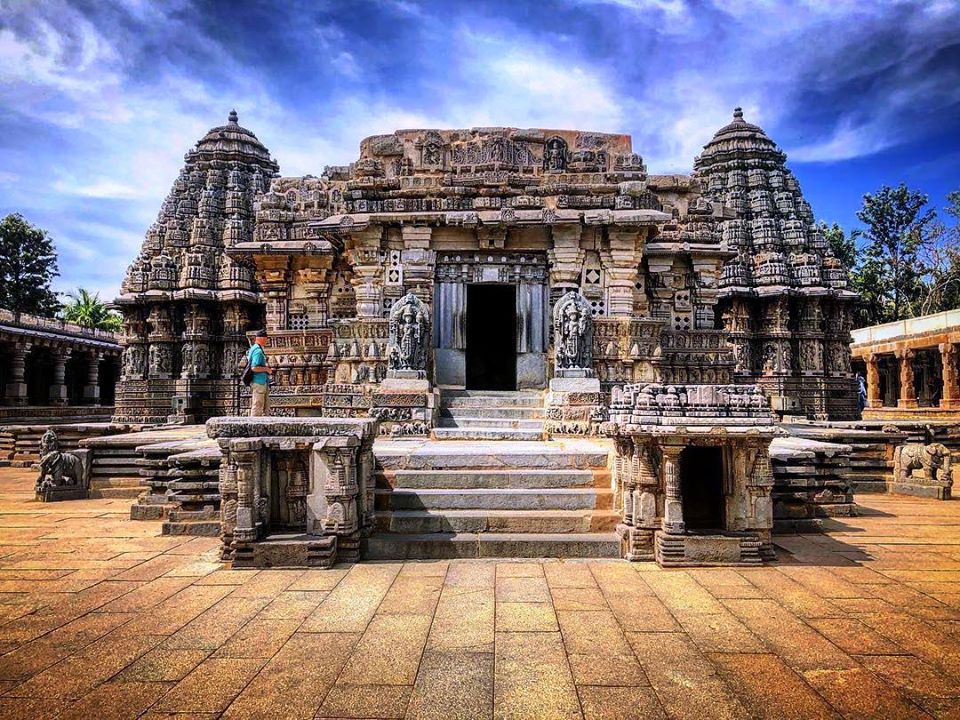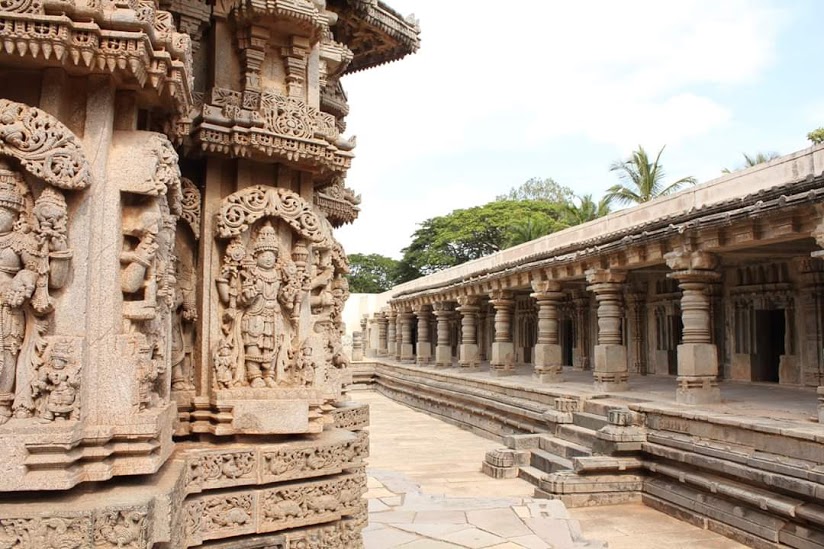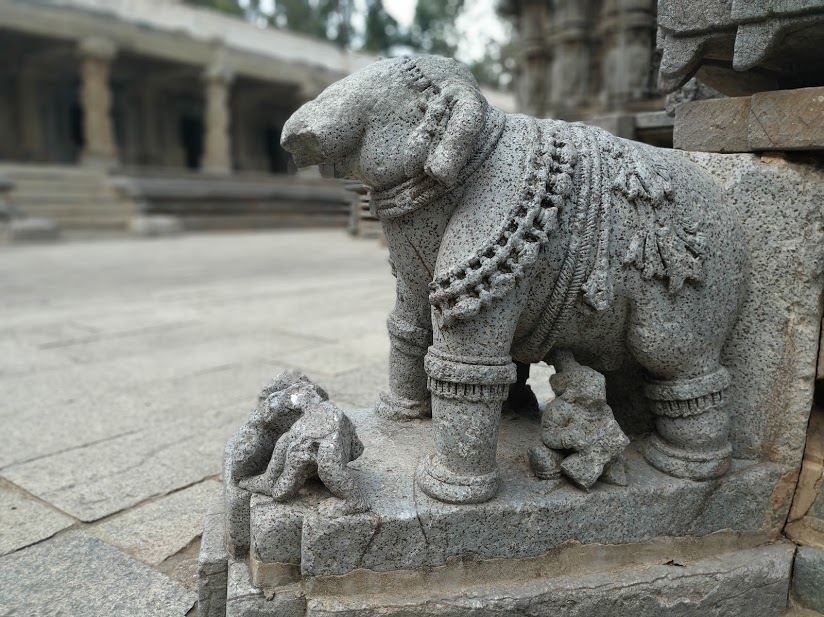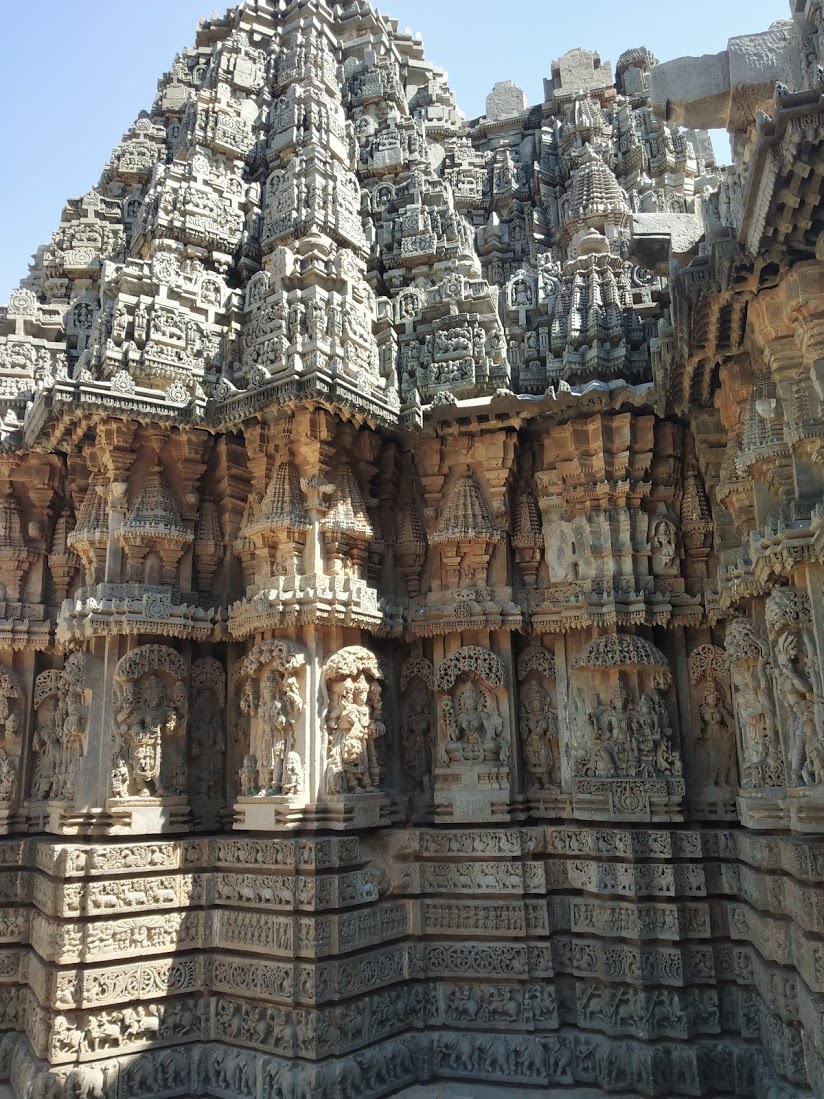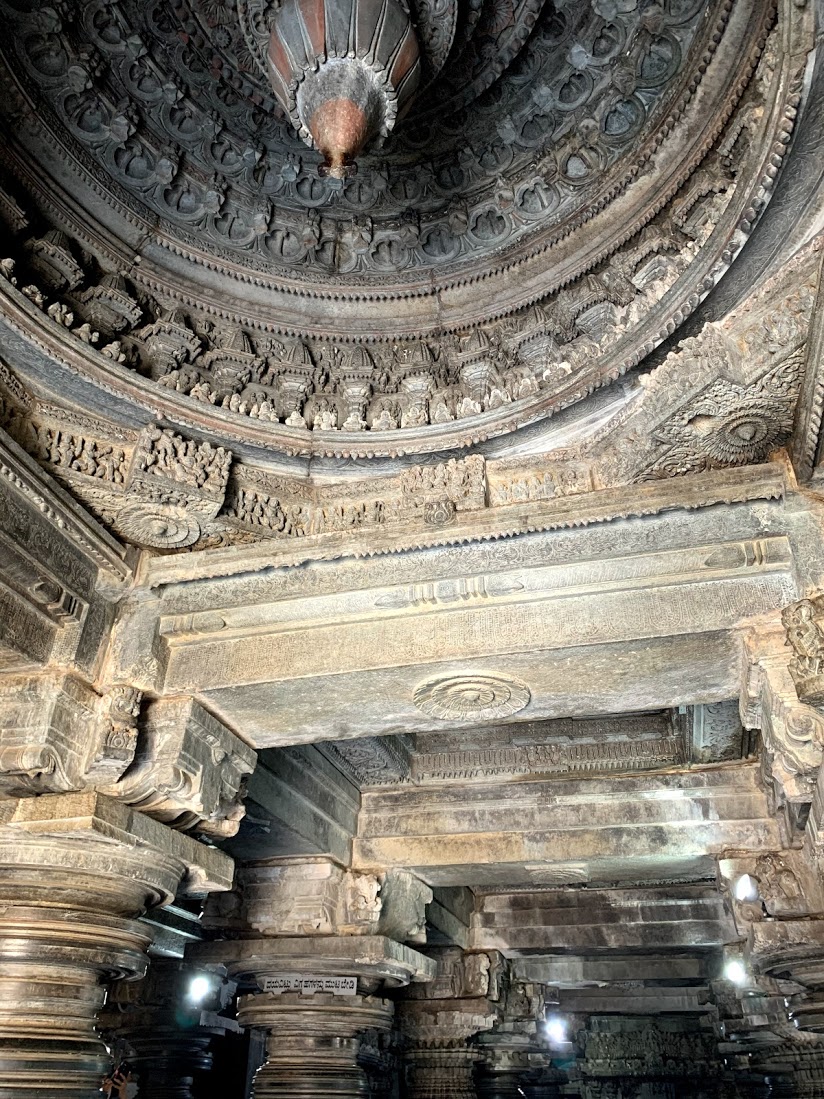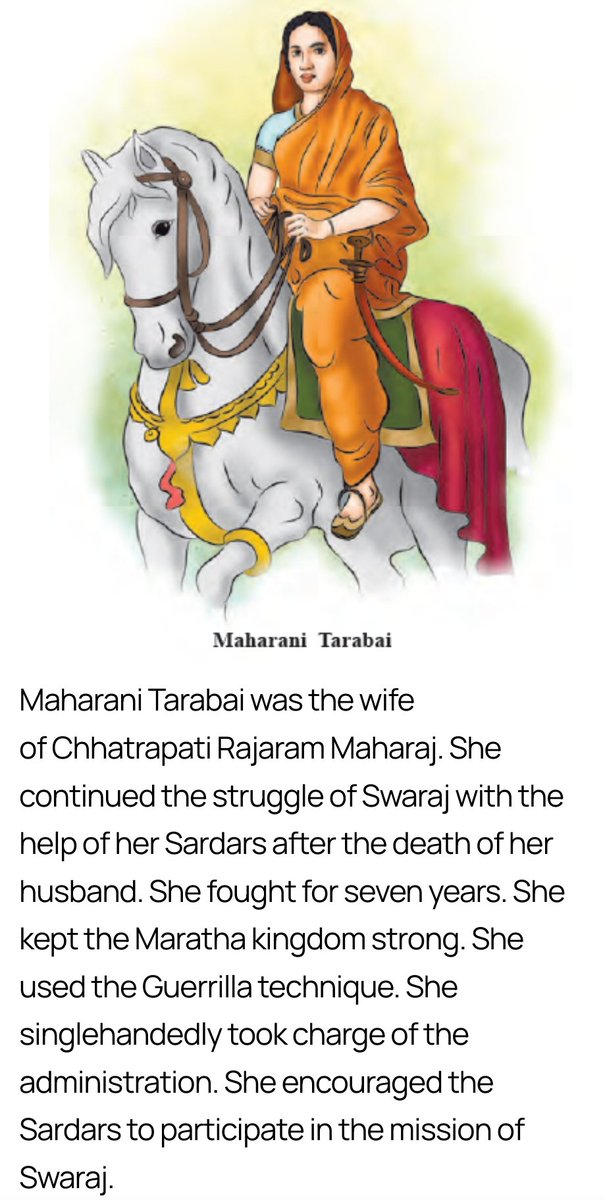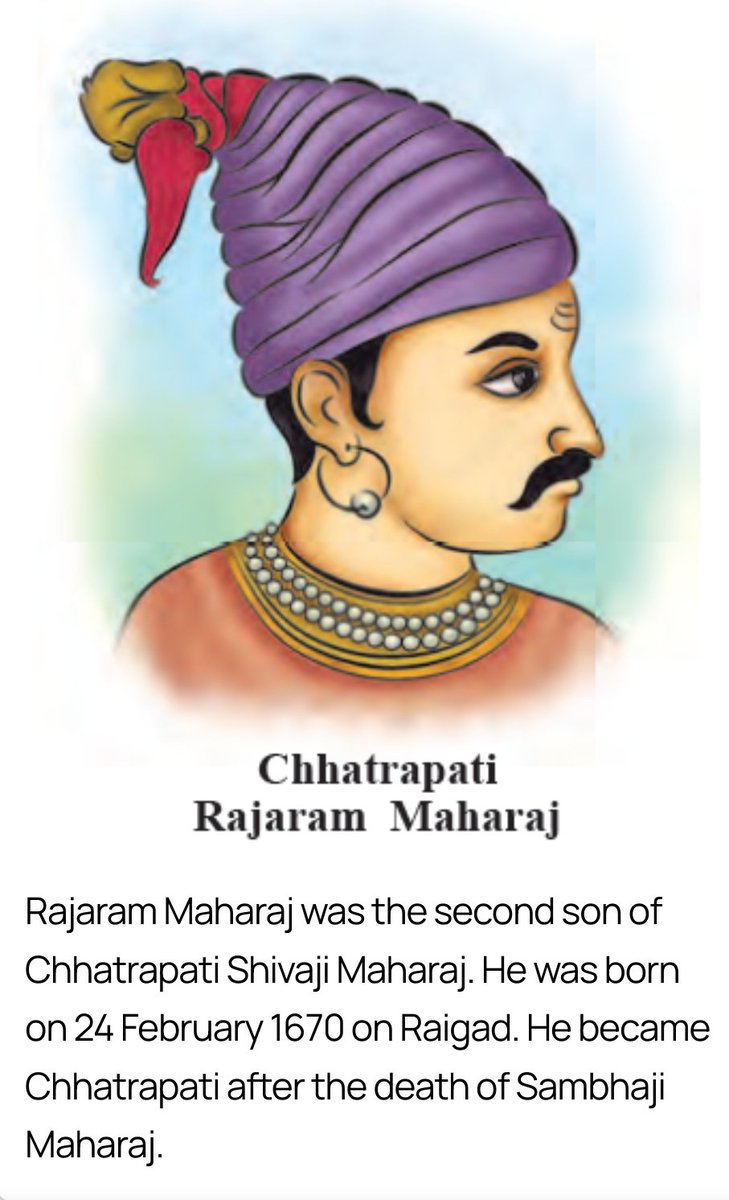IMPORTANCE AND CHARACTERISTICS OF GARUDA PURAN.
On the request of Garud, Bhagwan Vishnu, the rider of Garud, described this Puran based in Taksharya Kalp. It has ninteen thousand shlokas.
This book begins with a question and goes on to describe the Shrishti.
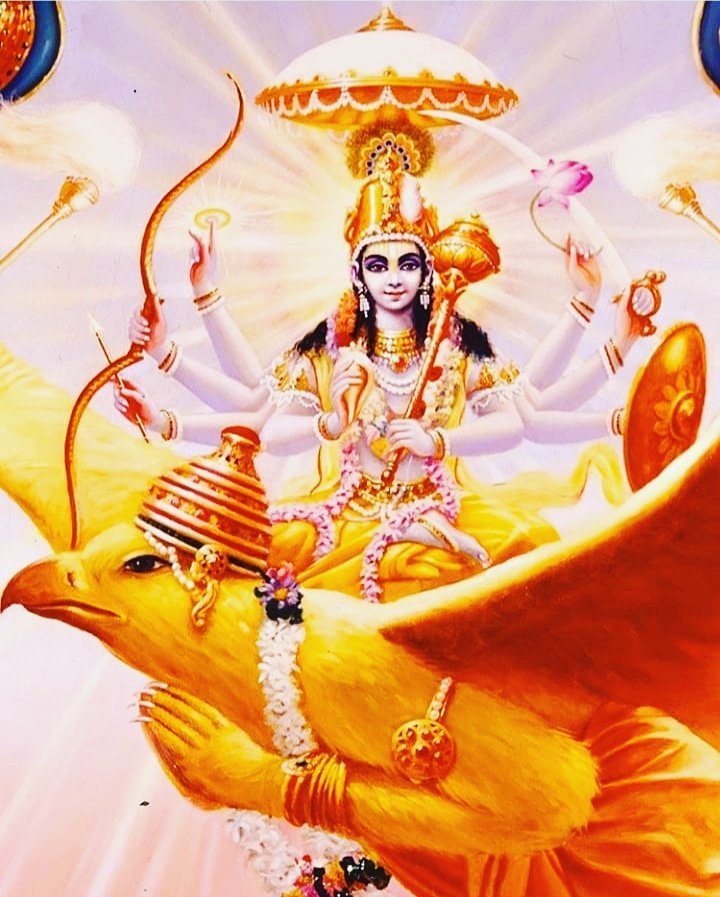
In the next section we find the description of Pret Kalp. On the question of Garud, Vishnu replied that your dharma is the reason for you to get the desired end along with daan and your Karma's.
The reader and listener of this book attain moksha. Getting this book written and donating it in Vishuv Yog gets you swargalok.
📸Credit-drsatla ji
Instagram link👇
https://t.co/VkLMMT32lv
Facebook page link 👇
https://t.co/bTE7SGvaM3
https://t.co/ocKkcpyidH
\u0917\u0930\u0941\u0921\u093c \u092a\u0941\u0930\u093e\u0923 \u0915\u093e \u092e\u0939\u0924\u094d\u0935 \u0914\u0930 \u0935\u0930\u094d\u0923\u0935\u094d\u092f\u0935\u0938\u094d\u0925\u093e\u0964
— \u092a\u0902\u0921\u093f\u0924 \u0935\u093f\u0936\u093e\u0932 \u0936\u094d\u0930\u094b\u0924\u094d\u0930\u093f\u092f (@VishalS50533075) January 8, 2021
\u0917\u0930\u0941\u0921\u093c \u0915\u0947 \u0905\u0928\u0941\u0930\u094b\u0927 \u092a\u0930 \u0917\u0930\u0941\u0921\u093c \u0915\u0947 \u0938\u0935\u093e\u0930 \u092d\u0917\u0935\u093e\u0928 \u0935\u093f\u0937\u094d\u0923\u0941 \u0928\u0947 \u0924\u0915\u094d\u0937\u0915\u091a\u093e\u0930\u094d\u092f \u0915\u0932\u094d\u092a \u092e\u0947\u0902 \u0938\u094d\u0925\u093f\u0924 \u0907\u0938 \u092a\u0941\u0930\u093e\u0923 \u0915\u093e \u0935\u0930\u094d\u0923\u0928 \u0915\u093f\u092f\u093e\u0964 \u0907\u0938\u092e\u0947\u0902 \u0909\u0928\u094d\u0928\u0940\u0938 \u0939\u091c\u093e\u0930 \u0936\u094d\u0932\u094b\u0915 \u0939\u0948\u0902\u0964
\u092f\u0939 \u092a\u0941\u0938\u094d\u0924\u0915 \u090f\u0915 \u092a\u094d\u0930\u0936\u094d\u0928 \u0938\u0947 \u0936\u0941\u0930\u0942 \u0939\u094b\u0924\u0940 \u0939\u0948 \u0914\u0930 \u0936\u094d\u0930\u0943\u0937\u094d\u091f\u093f \u0915\u093e \u0935\u0930\u094d\u0923\u0928 \u0915\u0930\u0924\u0940 \u0939\u0948\u0964 pic.twitter.com/MJv4KEL1V0
More from Anshul Pandey
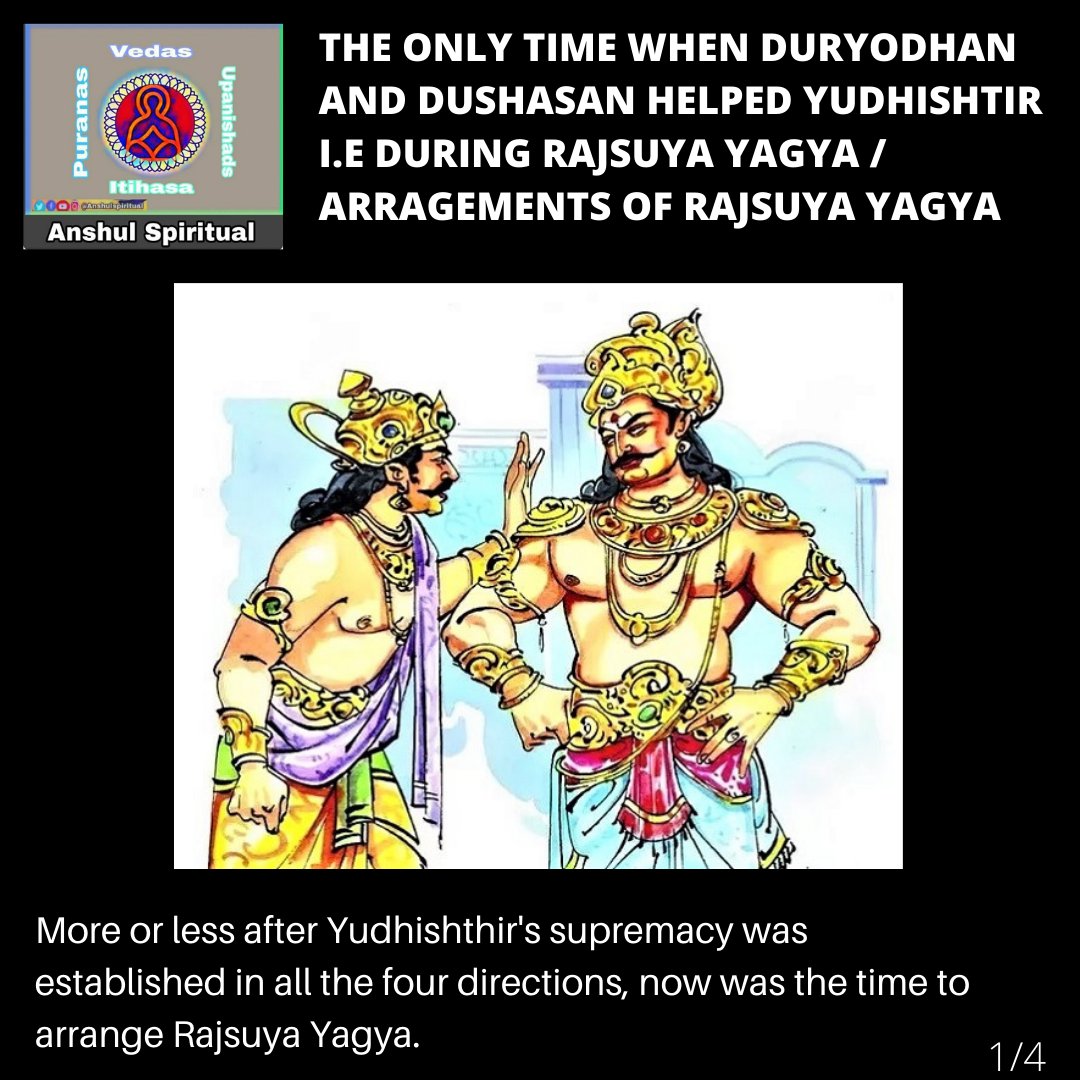
https://t.co/64r7BmTN6N
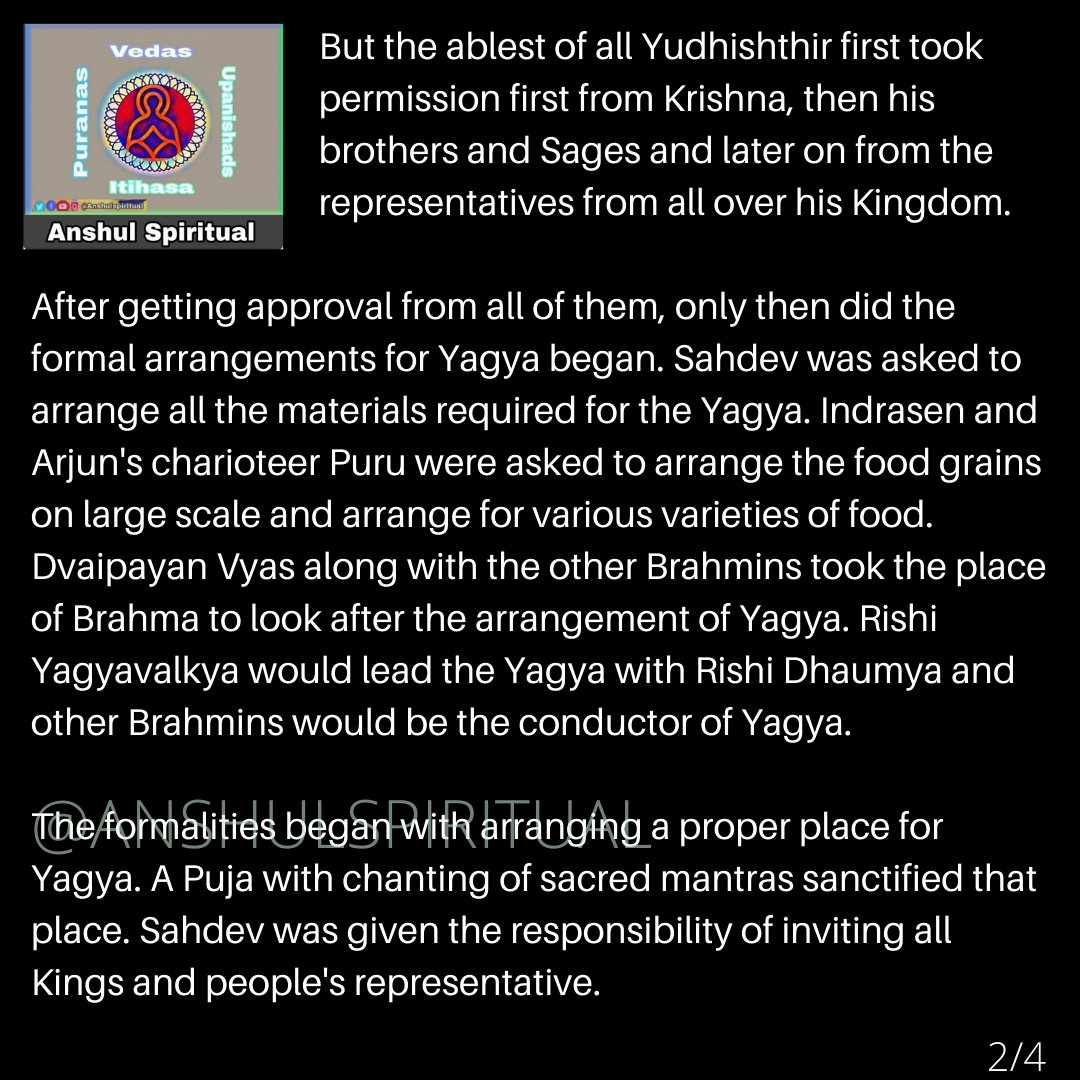
https://t.co/vwg4NFMYgy
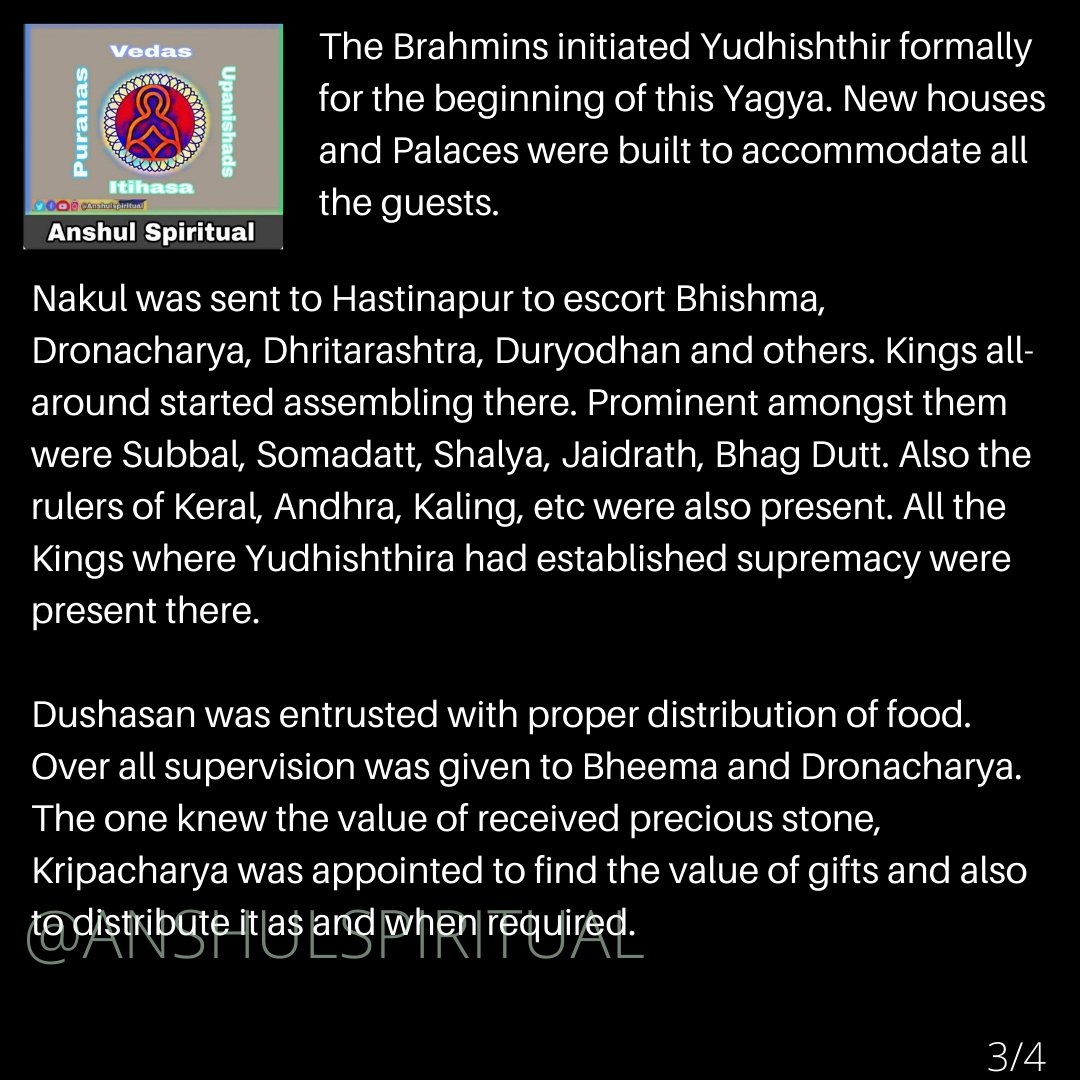
https://t.co/CtFXR0TNrx
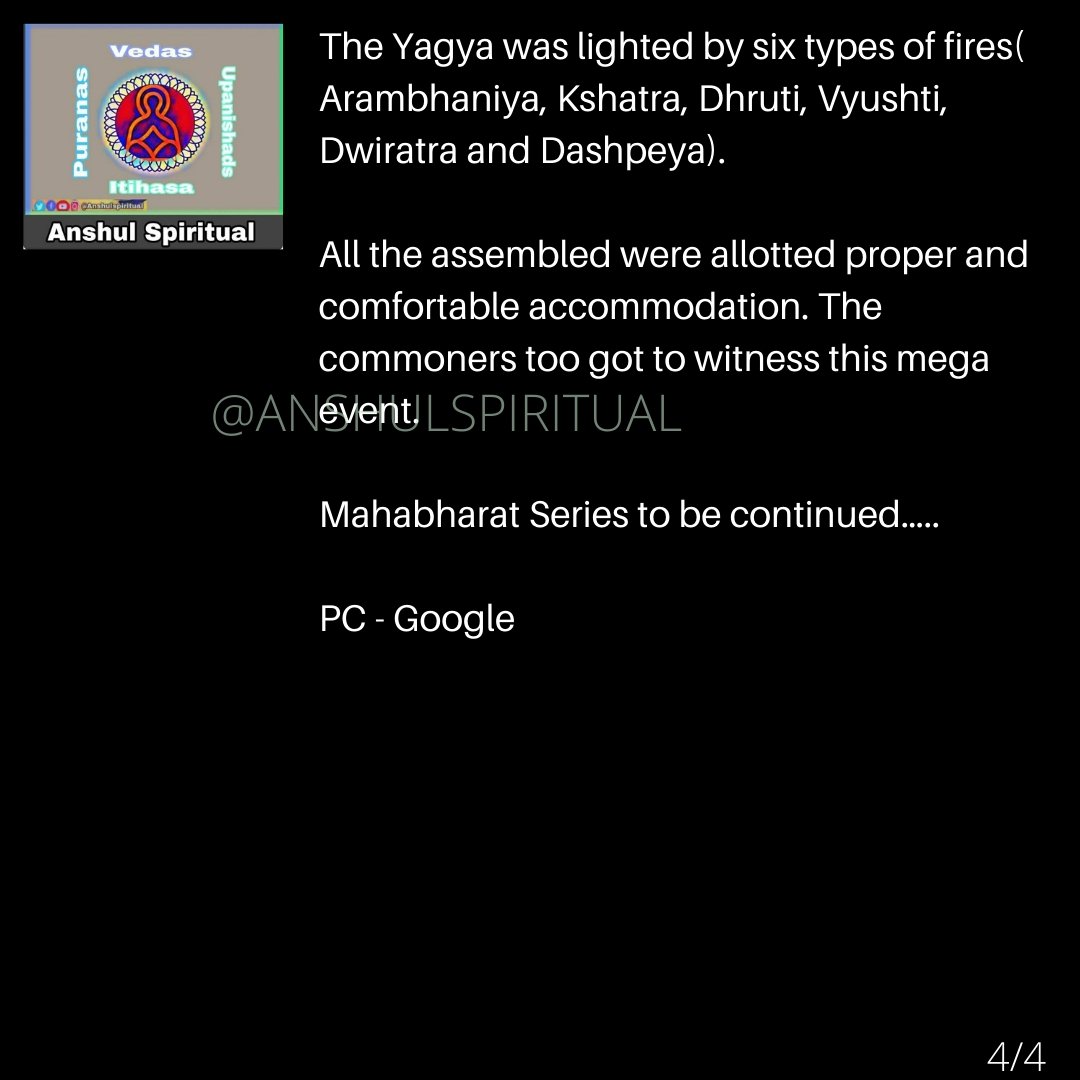
Instagram link👇
https://t.co/0E8eGSiUmr
Facebook link👇
https://t.co/j1XLUq4oBM
#InspiredBySwamiAnjaninandanDass
#MahabharatPositivity - Sabha Parva
More from Religion
1. LWJ’s sword Bichen ‘is likely an abbreviation for the term 躲避红尘 (duǒ bì hóng chén), which can be translated as such: 躲避: shunning or hiding away from 红尘 (worldly affairs; which is a buddhist teaching.) (https://t.co/zF65W3roJe) (abbrev. TWX)
2. Sandu (三 毒), Jiang Cheng’s sword, refers to the three poisons (triviṣa) in Buddhism; desire (kāma-taṇhā), delusion (bhava-taṇhā) and hatred (vibhava-taṇhā).
These 3 poisons represent the roots of craving (tanha) and are the cause of Dukkha (suffering, pain) and thus result in rebirth.
Interesting that MXTX used this name for one of the characters who suffers, arguably, the worst of these three emotions.
3. The Qian kun purse “乾坤袋 (qián kūn dài) – can be called “Heaven and Earth” Pouch. In Buddhism, Maitreya (मैत्रेय) owns this to store items. It was believed that there was a mythical space inside the bag that could absorb the world.” (TWX)
Many RW Hindus with confused identity think that Hinduism accepts Atheists.
What do some of the Hindu sacred texts say on this topic? Let's see.

Shri Krishna was 100% clear on importance of Shaastras as we already know.

Shri Rama was also clear on what should be done to atheists.
Ayodhya Kanda of Valmiki Ramayana.
https://t.co/lbCkEkPobA

Maharaaj Manu on Atheists.

Bhagvan Ved Vyas Ji in Shanti Parva of Mahabharata said this to his son Shukadeva regarding Atheists.



